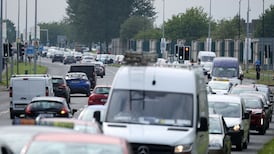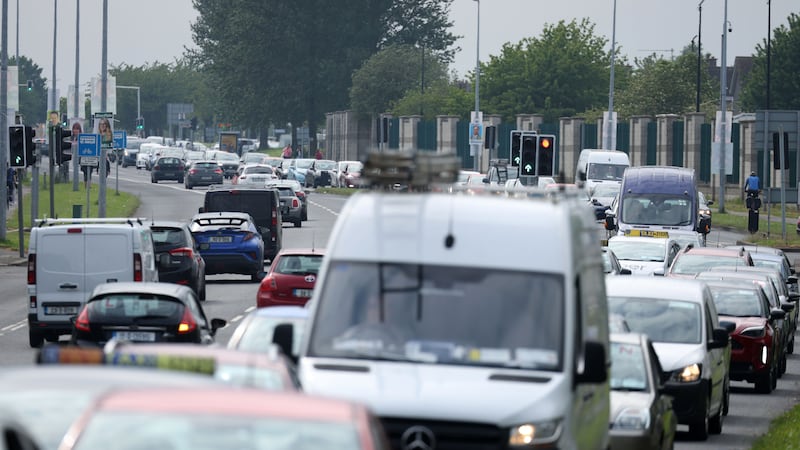Consultation on the long-promised Metrolink rail line, which will connect Dublin Airport with the city, has been extended into next year due to a missing document in the planning application.
State transport agency Transport Infrastructure Ireland (TII) submitted a planning permission two months ago to An Bord Pleanála for the line, which will run from Swords and serve Dublin Airport and the city centre, terminating at Charlemont near Ranelagh.
The deadline for submissions on the mostly underground line was due to expire on Friday but will be extended to January 16th next after it emerged there was an “inadvertent omission” of part of the planning application.
The document was an appendix to the traffic and transport assessment of the St Stephen’s Green Station, one of the most important transport interchanges on the line.
RM Block
TII has published the document at metrolinkro.ie and has notified affected landowners of the omission and the updated timeline.
“TII regrets any inconvenience caused as a result of this omission and has made every effort to ensure that this document is widely circulated for inclusion in the consultation process,” it said.
A spokesman for TII said it was not expected that the additional consultation time would cause “any significant delay” to the project.
Planning permission for the 16-station line, expected to cost in the region of €10 billion, was submitted in September. Construction is expected to start in 2025, with the building phase taking up to nine years.
The journey time would be 25 minutes from Swords to Charlemont, and it is envisaged that frequency of trains will be every three minutes at peak time. The trains are to be capable of carrying up to 20,000 passengers in each direction per hour.
Plans for the metro were included in the Government’s Platform for Change Transportation Strategy in 2000.

















